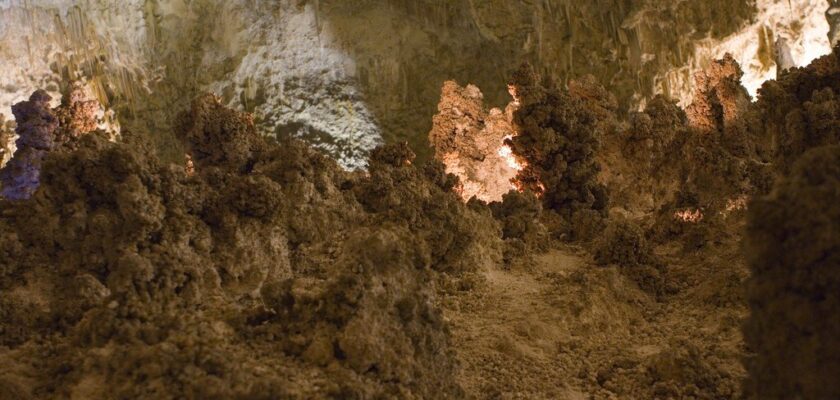Carlsbad Caverns
Carlsbad Caverns is a popular national park located in the southeastern North American state of New Mexico. It gets its name from the town of Carlsbad, located 40 kilometers from the park. The main local treasure is considered to be 80 picturesque karst caves formed about 4-6 million years ago. The total area of the Carlsbad Caves National Park reaches 189 km². Since 1995, the unique natural site has been listed as a UNESCO World Heritage Site.
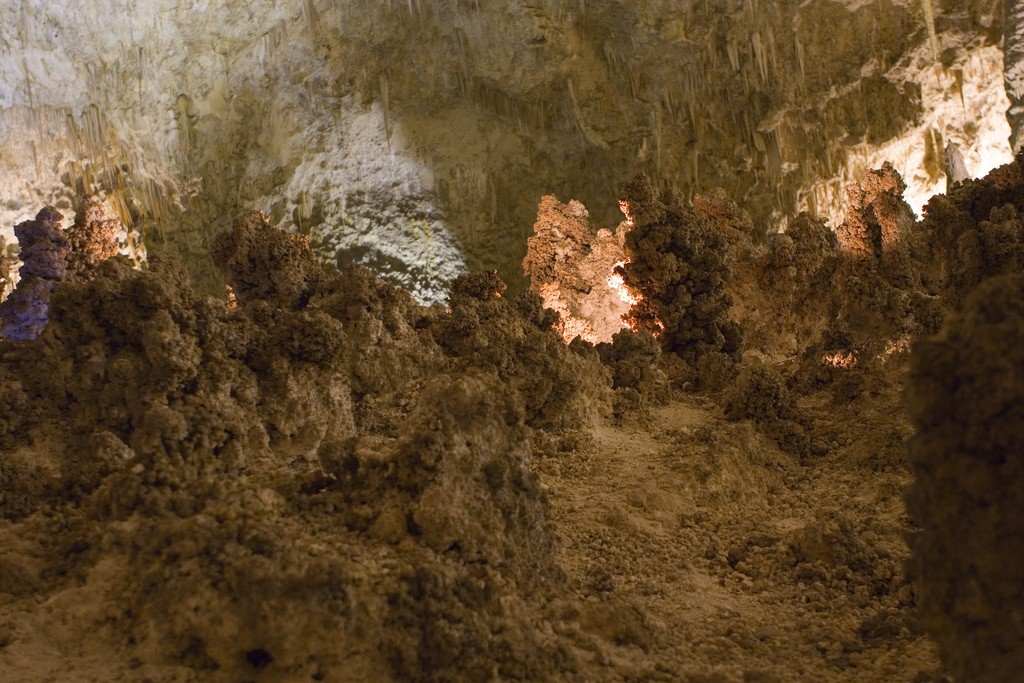
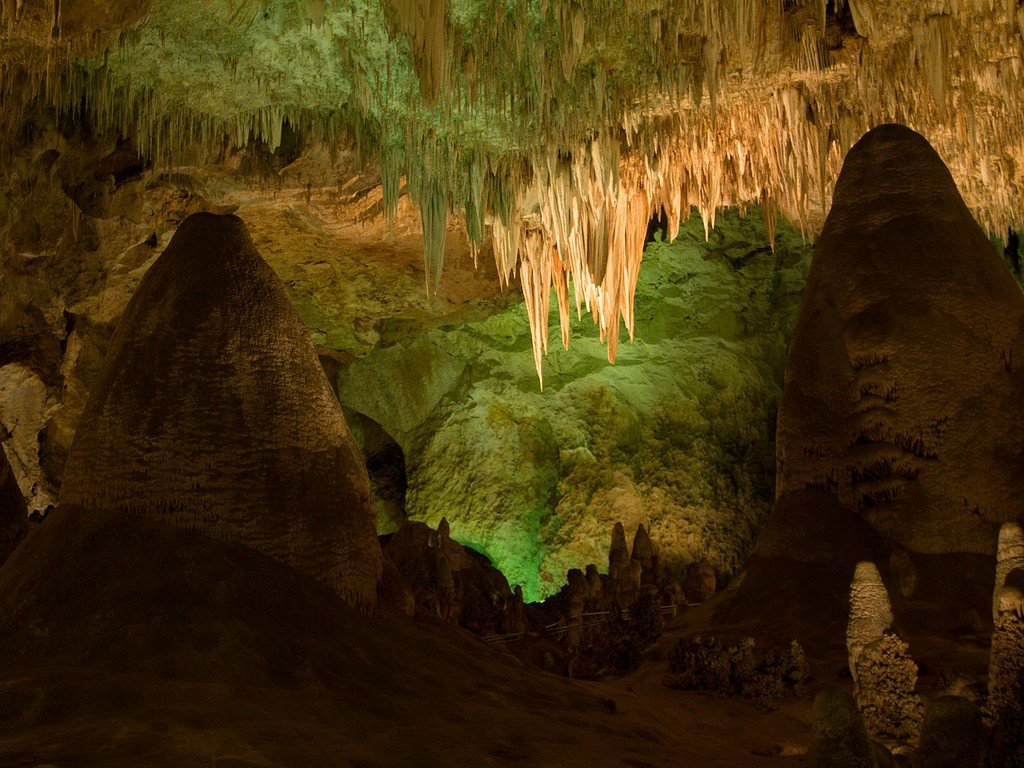
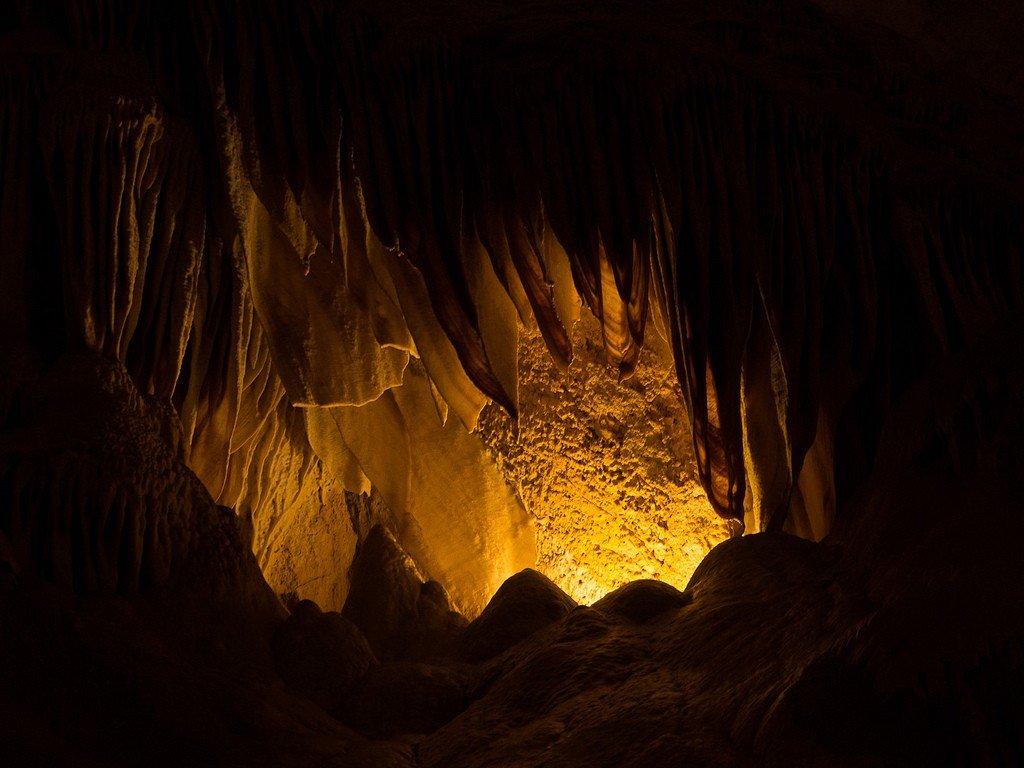
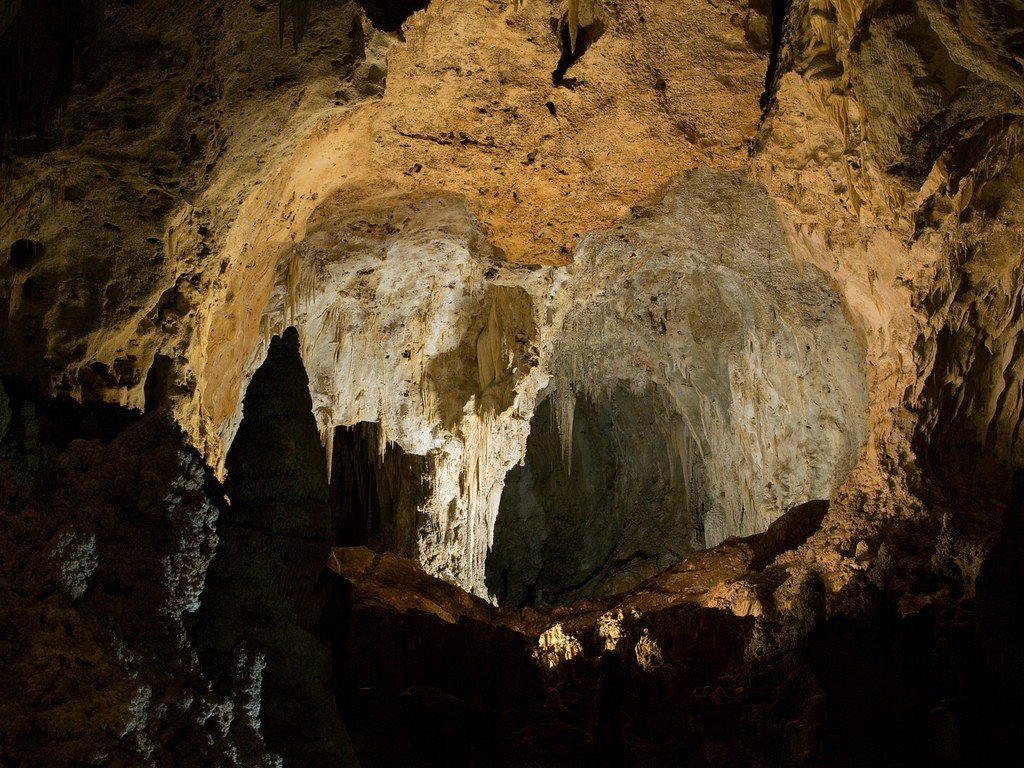
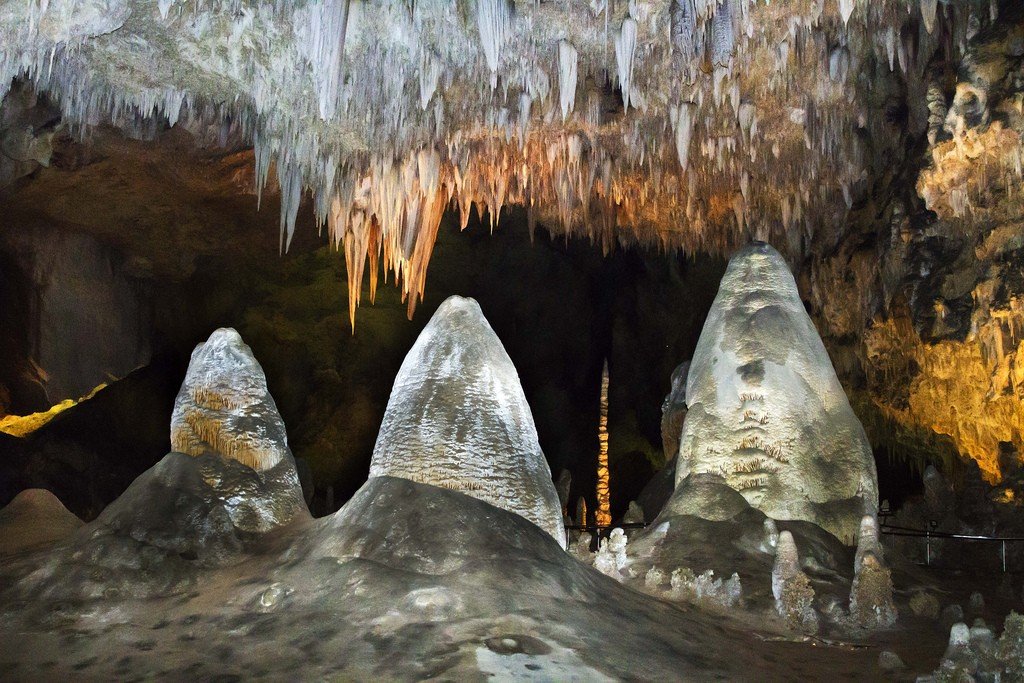
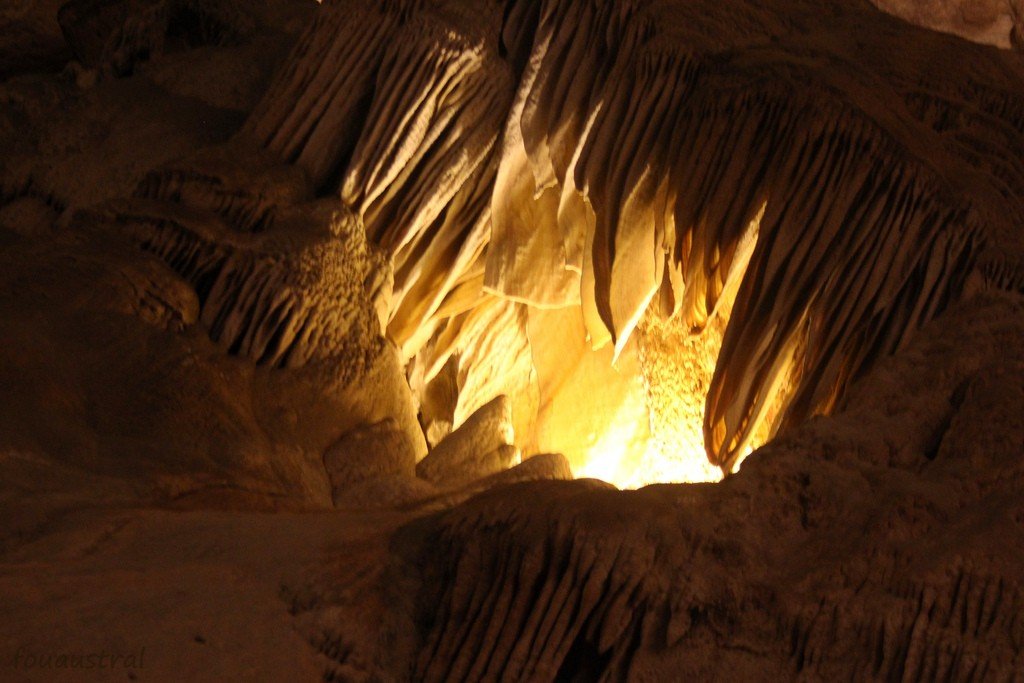
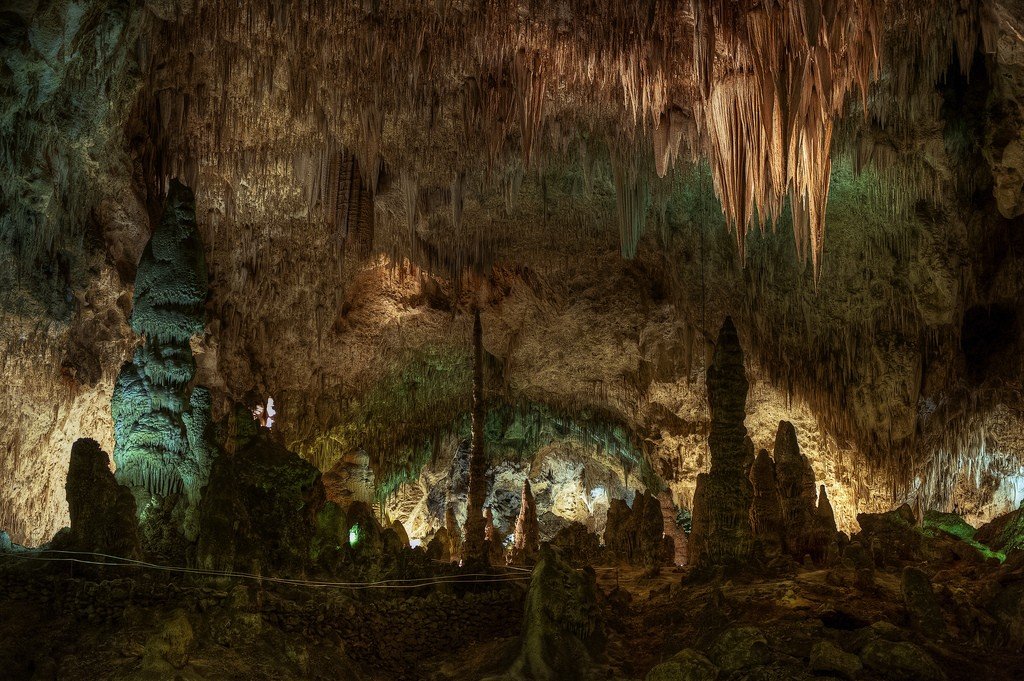
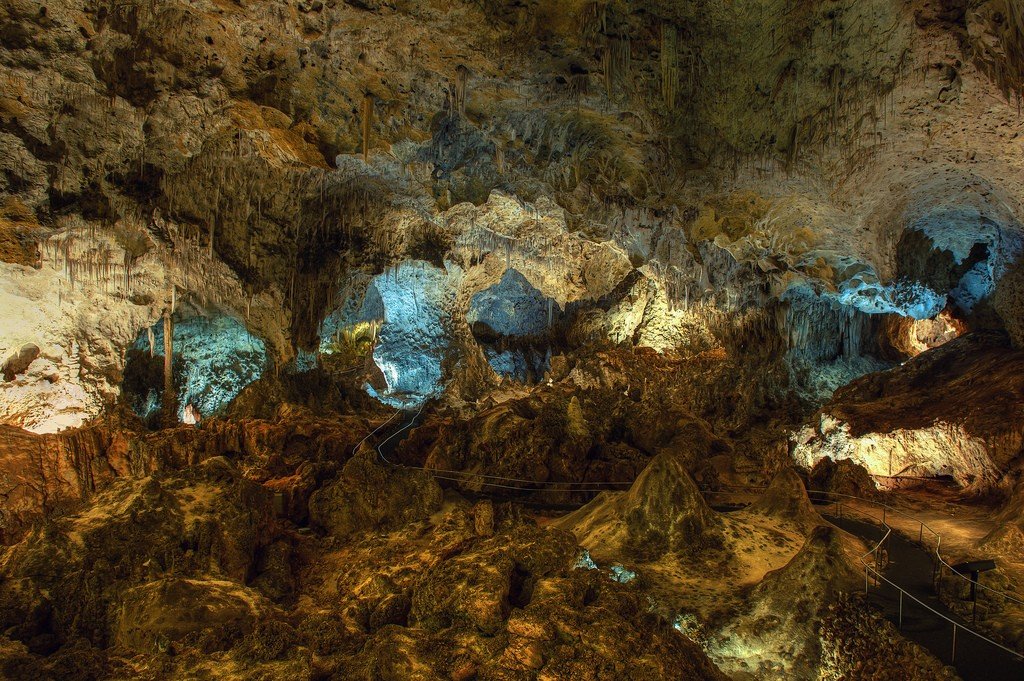
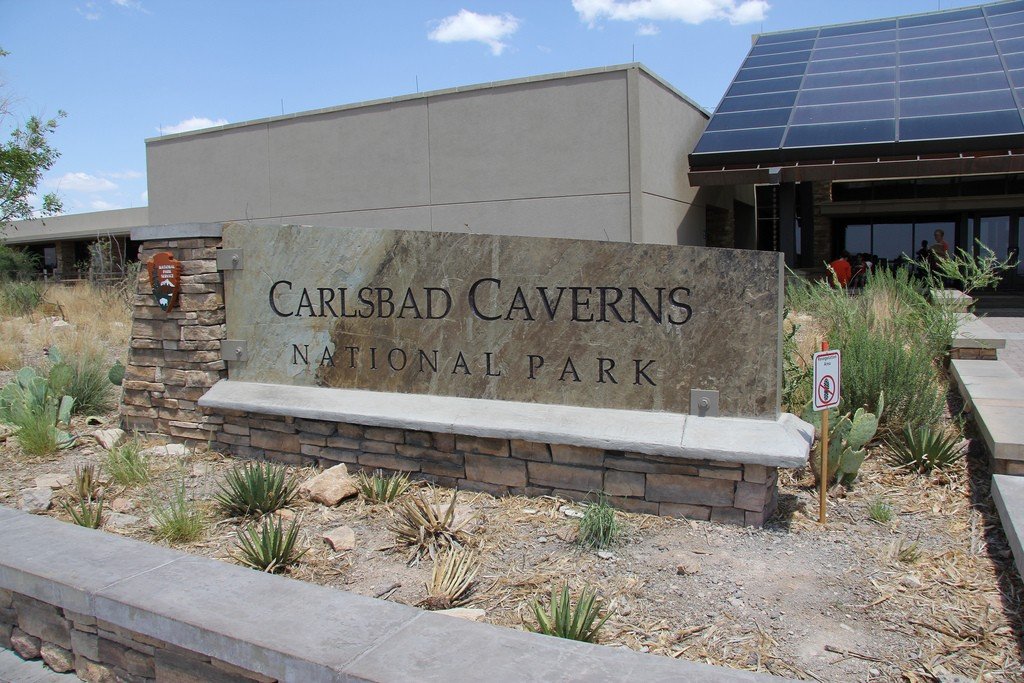
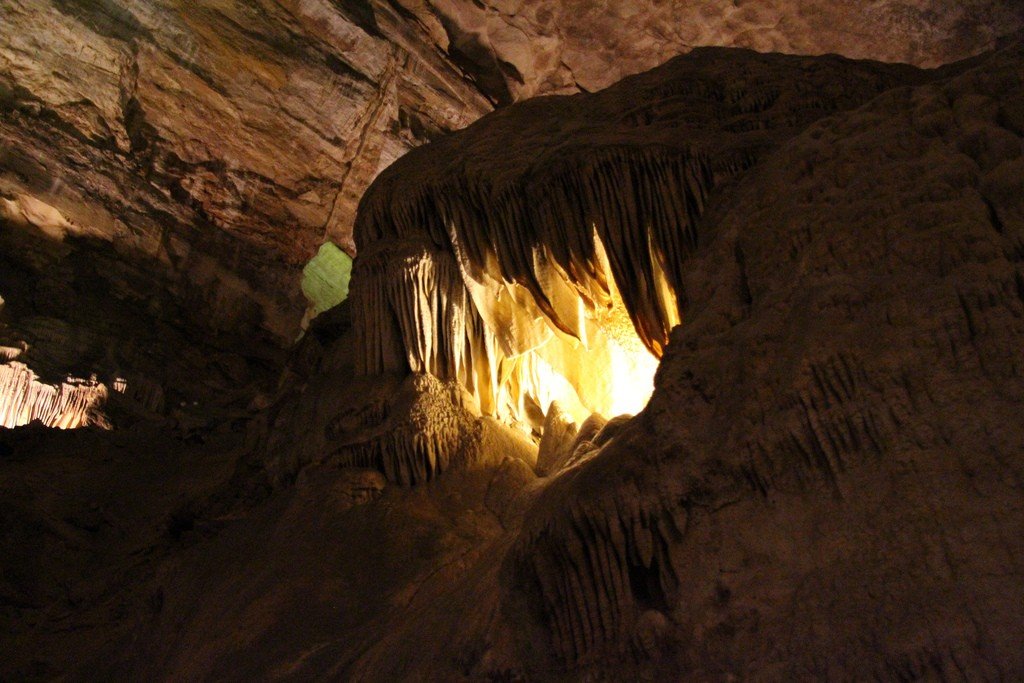
Video: Carlsbad Caverns
ContentsHighlights
Carlsbad Caverns are characterized by the beauty and variety of natelic formations. The depth of the underground cavities reaches up to 490 meters. The halls, corridors and tunnels stretch for 12 kilometers. In the karst landscapes live 17 species of bats, the total number of which reaches up to a million individuals.
.
The park welcomes tourists all year round, but most travelers come here during the summer months, with the bulk of visitors coming on weekends and holidays. There are 400,000 visitors to Carlsbad Caverns each year. All of them get a unique opportunity to experience the rare beauty of the underground world, over which stretches the semi-desert terrain.
.
Travelers can independently descend to a depth of 230 m or do it with the help of special elevators. There are 4.8 kilometers of trails open to visitors. Most of the halls of Carlsbad Caverns, which are visited by tourists, have names. Tourists can visit Big Room, White Giant Hall, Bat Cave, Guadalupe Hall, Halloween Hall, and other underground cavities.
.The national park is open 24 hours a day. Admission to its grounds costs $10, and children under 15 are allowed in for free.
.
History of Carlsbad Caverns
Carlsbad Caverns is located in the Guadalupe Mountains, stretching between the states of Texas and New Mexico. The mountain range is a raised reef that covered the bottom of an inland sea during the Permian period of Earth’s geologic history – more than 250 million years ago. Fossilized remains of mollusks, shells, sea sponges and algae are preserved in the caves. Scientists from different countries come here to study the fossils of ancient flora and fauna.
.
The Carlsbad Caves have been known to the locals for a long time. Archaeologists have discovered traces of ancient Indians staying here. About 1000 years ago, they sought shelter and descended into the underground cavities. Rock paintings were left from the Indians not far from the entrance.
.
In 1898, teenager Jim White was wandering the neighborhood looking for animals that had strayed from the herd. Suddenly he noticed bats hovering in large numbers over a hill in the desert. Quite by chance, Jim found a hole leading underground. He was not afraid to go down into the cave and reached the large stalagmites. White came here again and again and explored the cave labyrinths with the help of a ladder, which he made himself out of wire. Thanks to him, many of the underground halls and natty formations got their names.
.
Few locals believed that their lands could contain deep natural dungeons. However, even the most stubborn skeptics had to put aside their doubts when, in 1915 in Carlsbad, White showed photographs of the caves he had found.
Jim White’s public announcement became a real sensation. News of the huge caves quickly reached the U.S. government. In 1923, the Department of the Interior sent an inspector to the caves and the inspector confirmed that the karst formations in the mountains were a true natural wonder. The Carlsbad Caverns Conservation Area was established in 1930, but the study of the underground labyrinths continues unabated today.
.Nature
The Guadalupe Mountains range in elevation from 1,095 to 1,987 meters in the Carlsbad Caverns Park area. Although patches of forest occur on the mountain slopes, desert shrubs, grasses, and cacti grow almost throughout the park.
Carlsbad Caverns is noted for its richness of animal life. Excellent natural conditions allow 67 species of mammals and 357 species of birds to live in these places. Cougars are found in the mountains above the caves, and there is a huge colony of cave swallows, which ornithologists consider to be the largest in the northern hemisphere.
.The climate in the park is continental, semi-arid. Only 360 mm of precipitation falls in the mountains during the year. Winters are usually mild and summers are hot. The average annual temperature reaches +19 ° C.
.Attractions of Carlsbad Caverns
The largest of the Big Room cave halls looks like the letter “T”. It stretches for 610 meters and is 335 meters wide. The huge underground cavity covers 5.4 hectares. The ceilings of the Big Room rise to 87 meters, which corresponds to the height of a 28-story house.
.One of the park’s caves, Lechuguilla Cave, was discovered in 1986. It is 490 meters deep and is considered the deepest in North America. This cave is used as an underground science laboratory. In a limestone cavity closed to tourists, scientists study the geological and biological processes characteristic of karst terrain. A rare set of speleothems has been dug up in the cave. This is the name given to mineral deposits that occur due to water fall. Scientists found a lot of gypsum and sulfur in Lechuguilla Cave.
.One of the wonders of the park is considered to be Mexican bats, which live underground in huge colonies. The evening flight of hundreds of thousands of individuals from the entrance to Carlsbad Caverns is a fantastic sight. After sunset, the mouse colony leaves its underground shelters and comes out in a dense group to hunt for insects. You can watch the mice fly out from April to the end of October. The most impressive spectacle is in August and September.
.The return of mice to the cave in the wee hours of the morning is also of great interest. Before entering the cave, most animals begin a rapid dive and gain speeds of up to 40 km/h.
.
How to get there
Carlsbad Caverns is located within the state of New Mexico. The closest place to the park is the large city of El Paso, Texas. The distance to it is 190 kilometers. From El Paso to the park get to the highway № 62 National Parks Hwy, which leads past Carlsbad Caverns in Carlsbad. Drive to White’s City and then turn off onto Highway 7 Carlsbad Cavern Hwy.
.